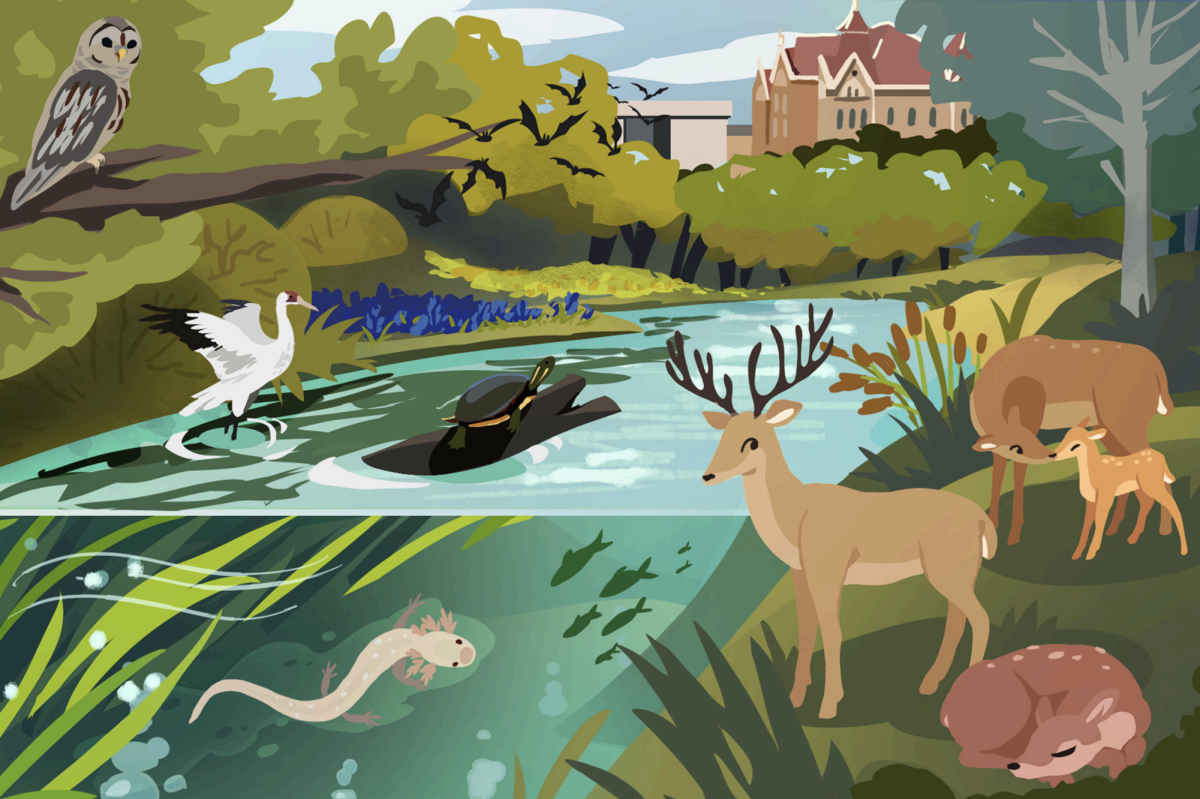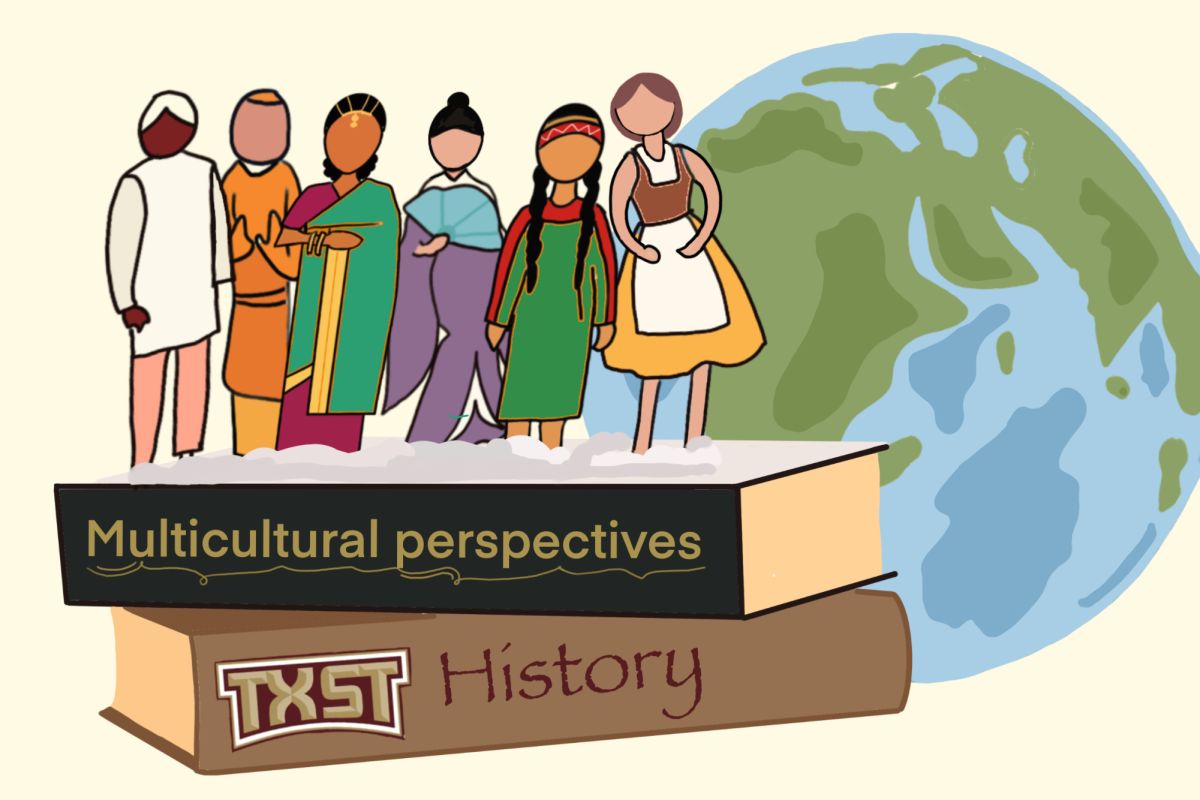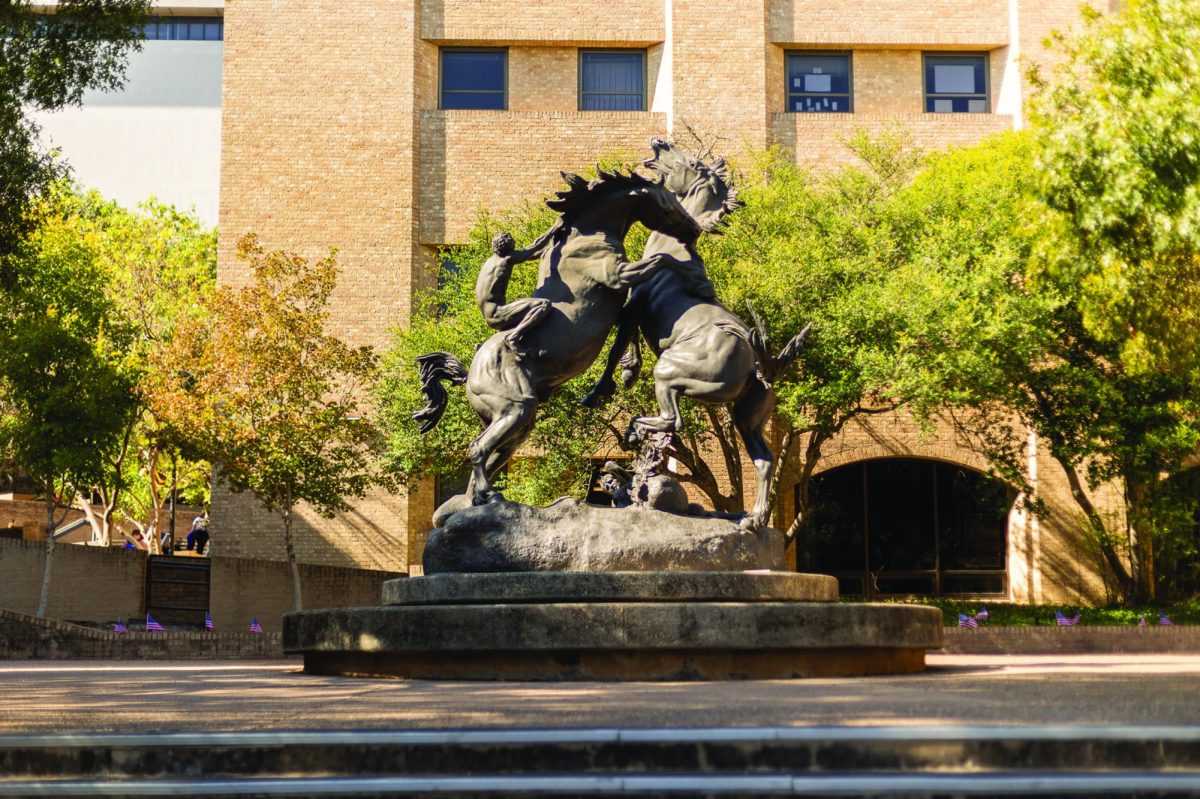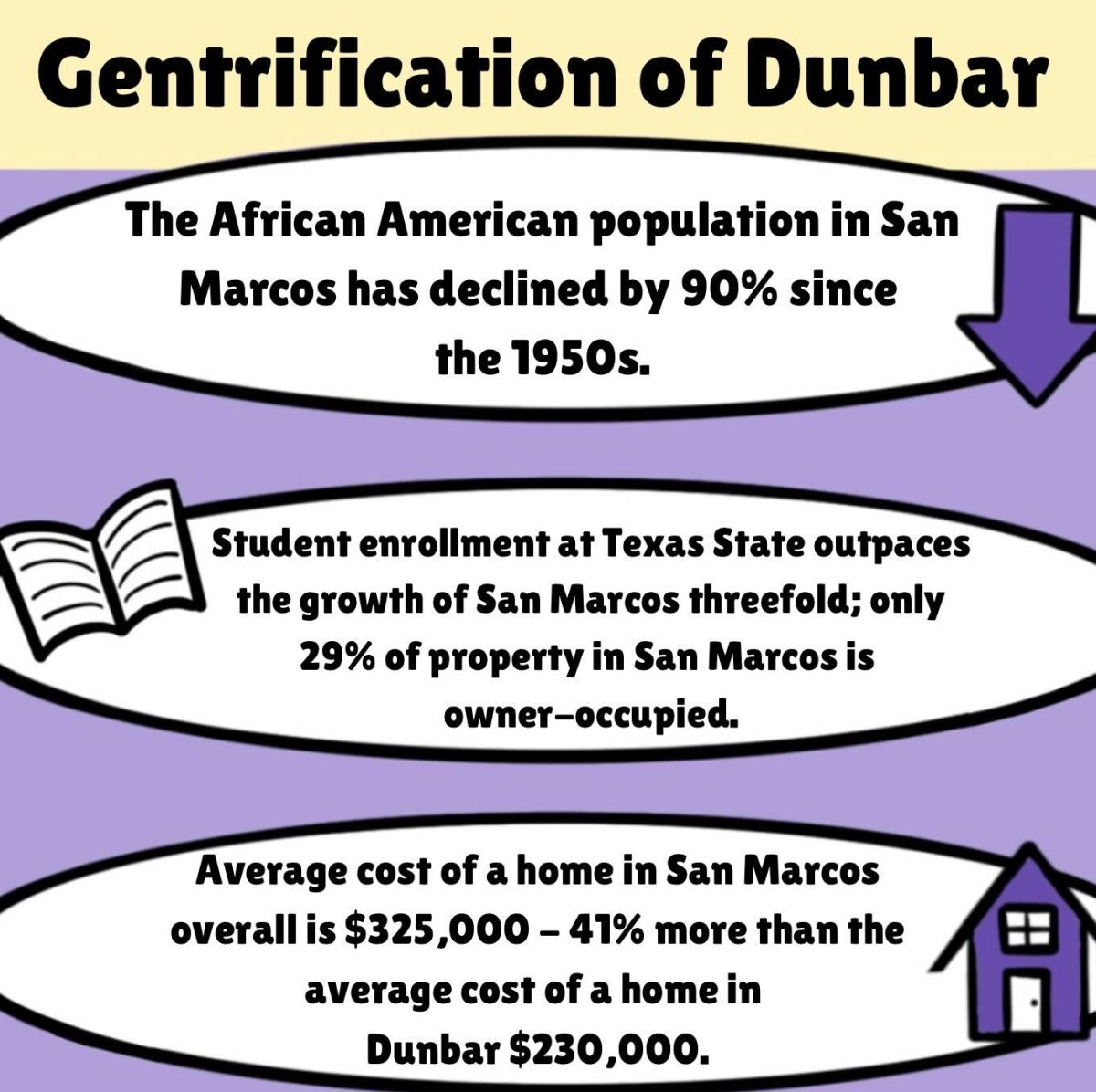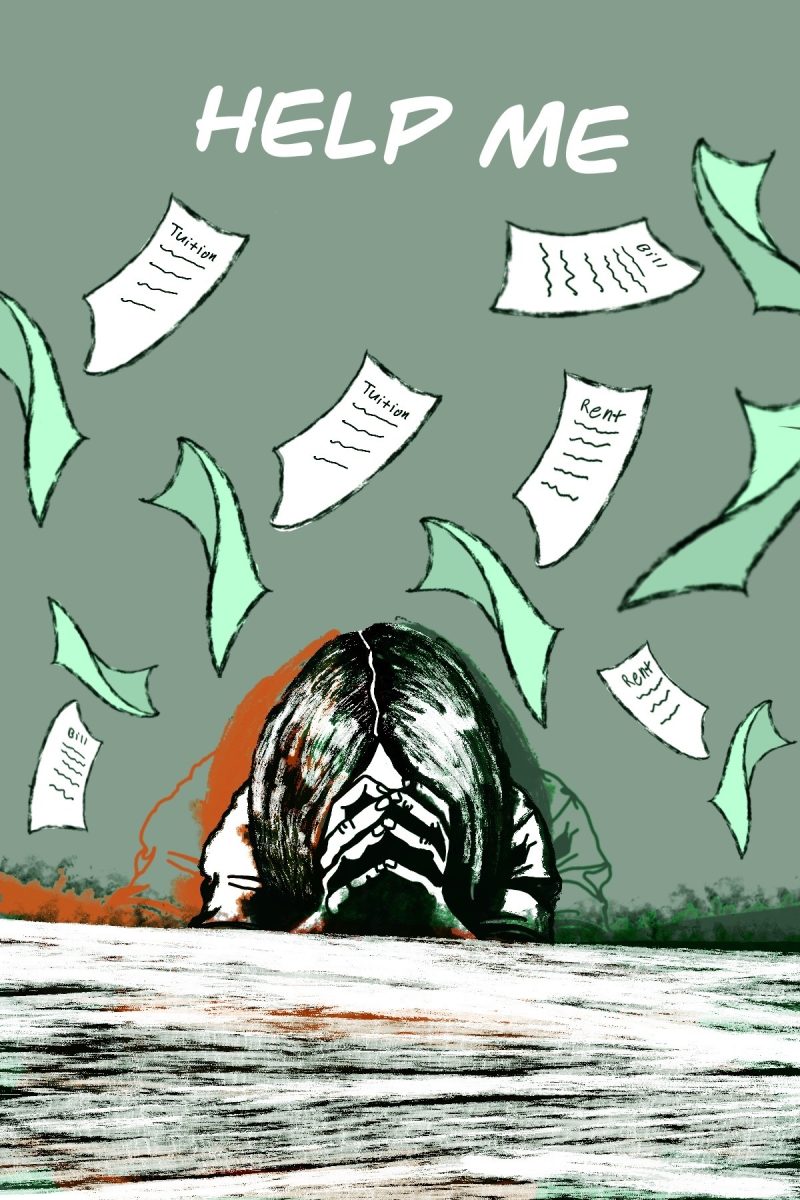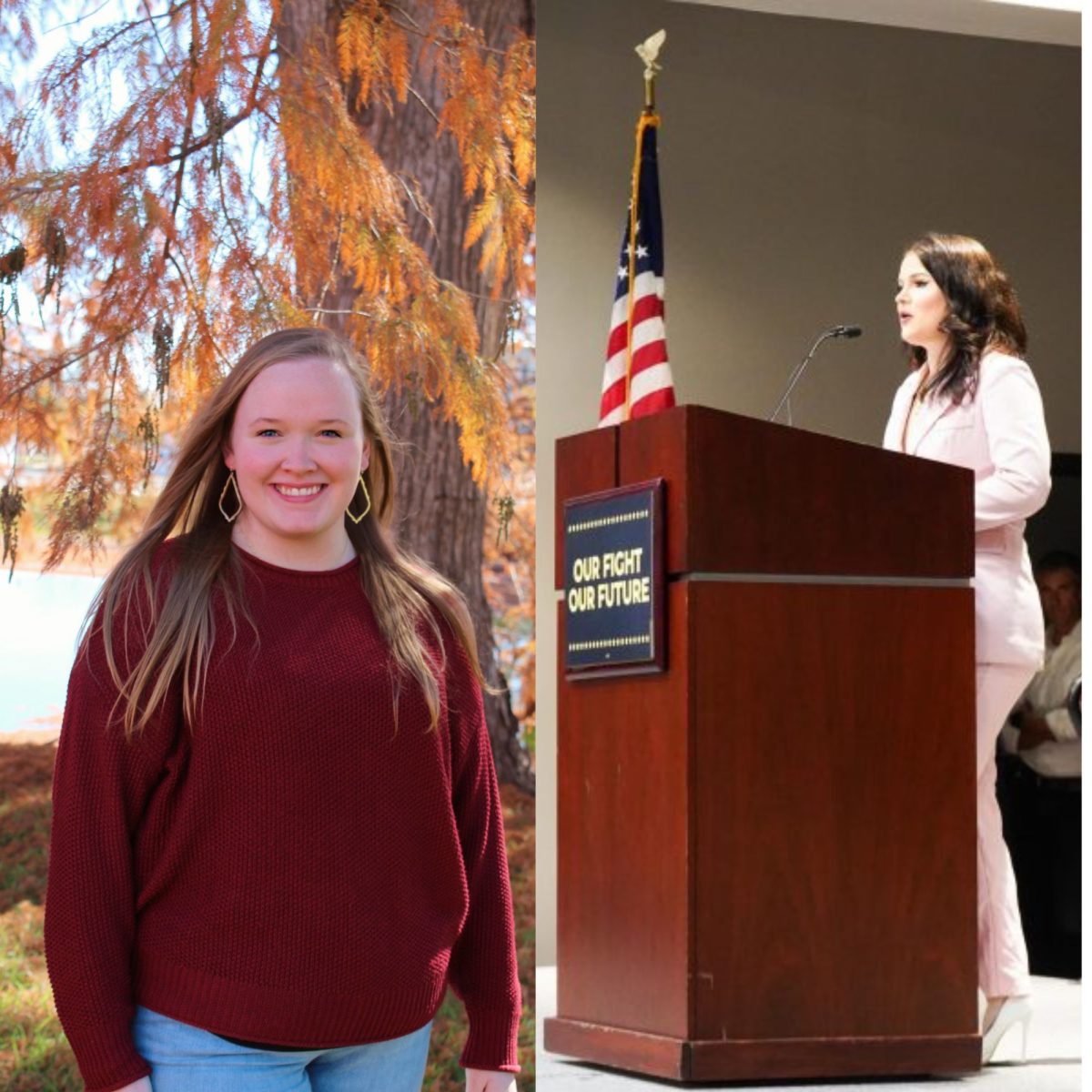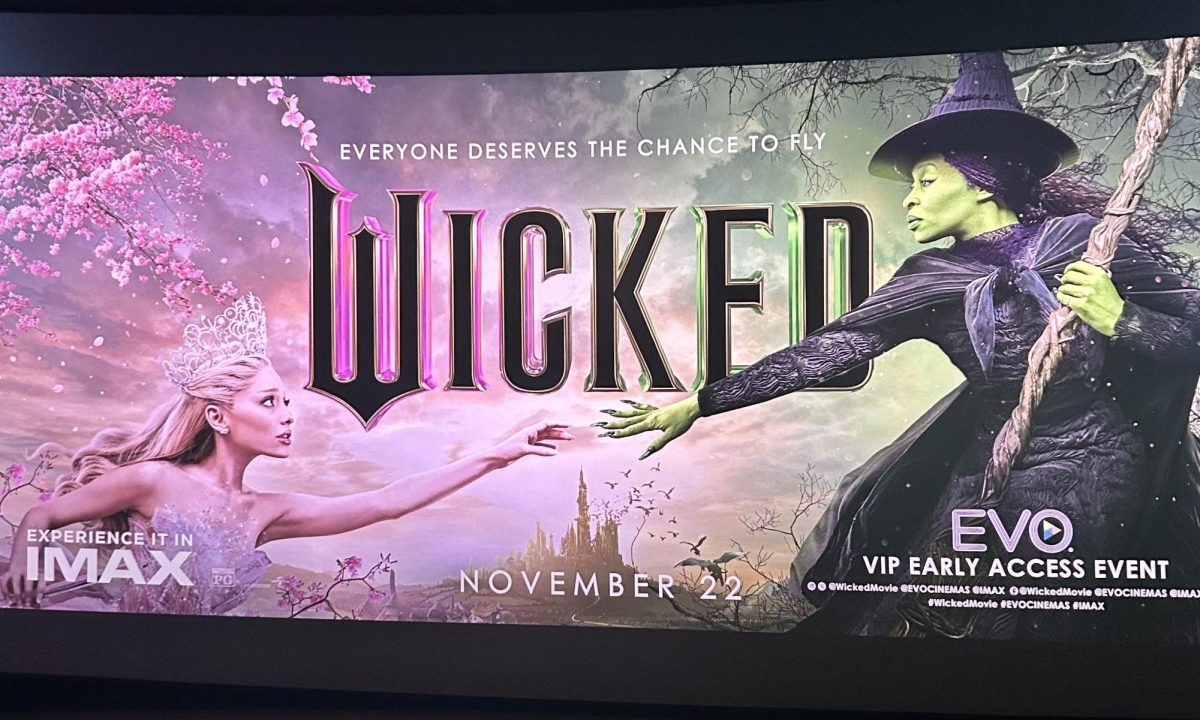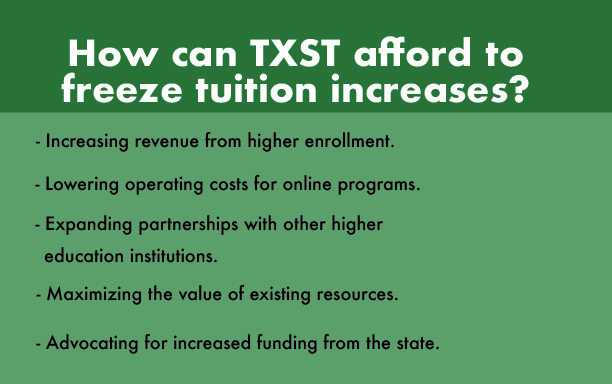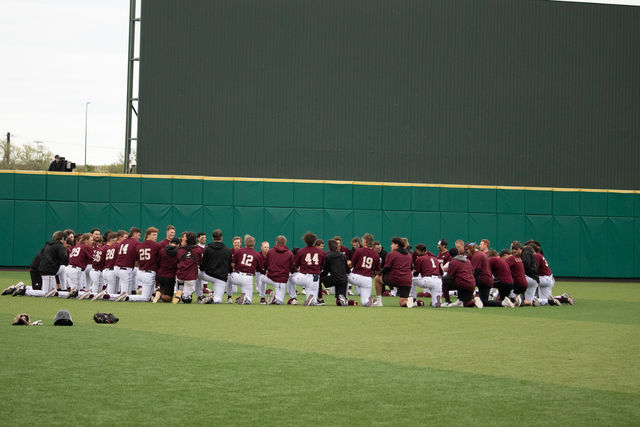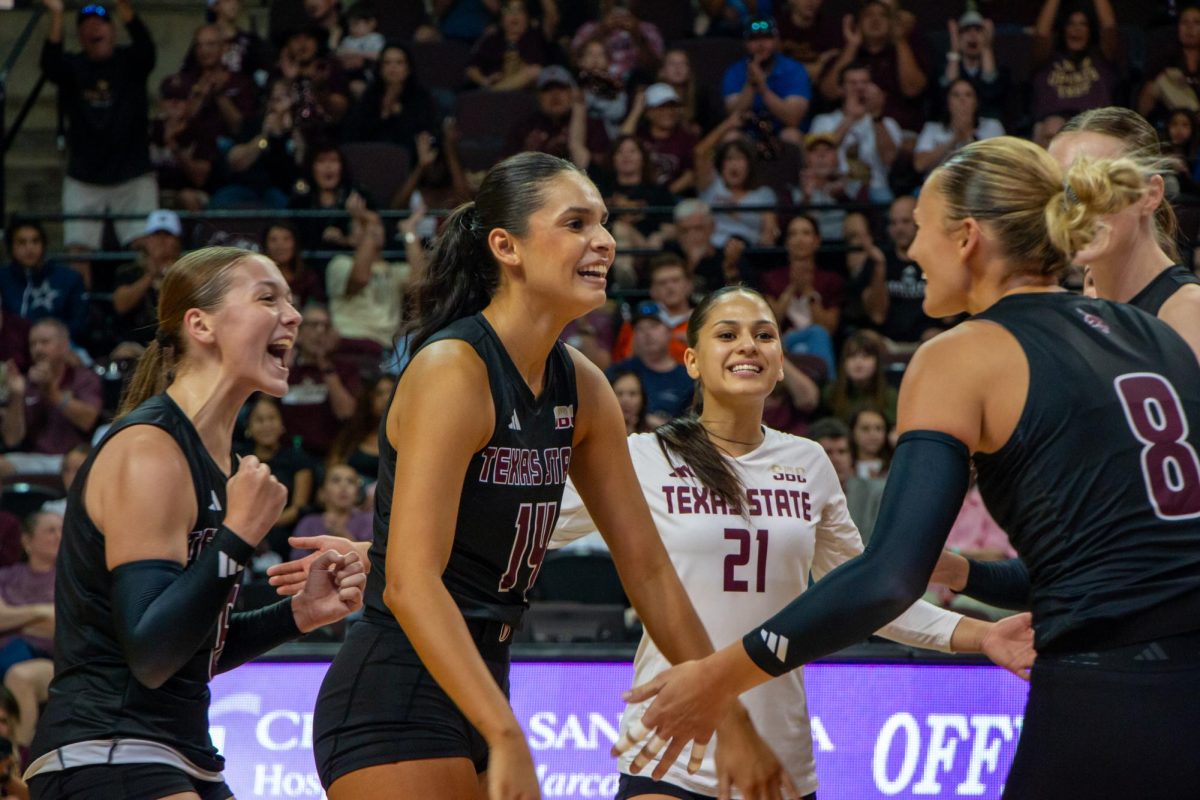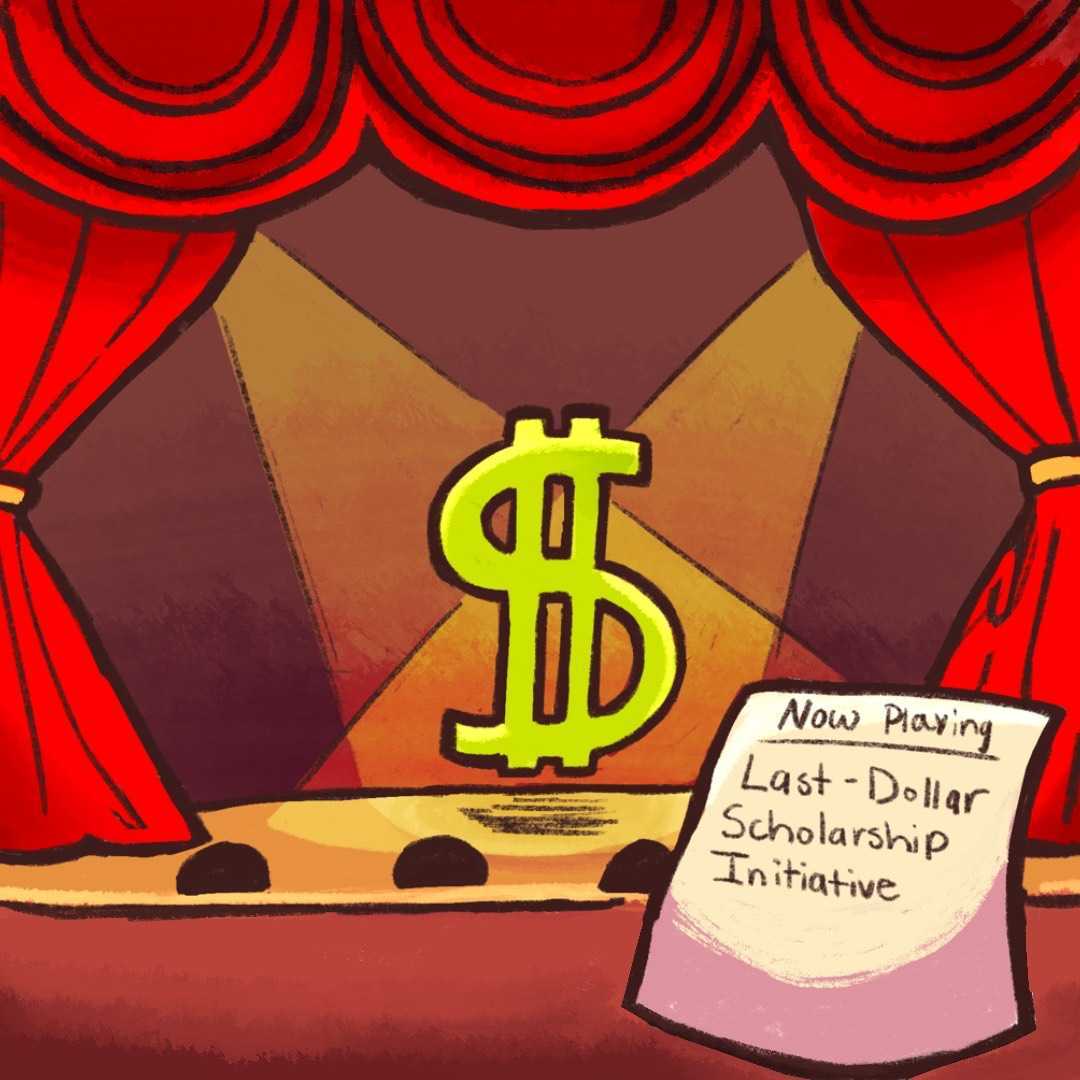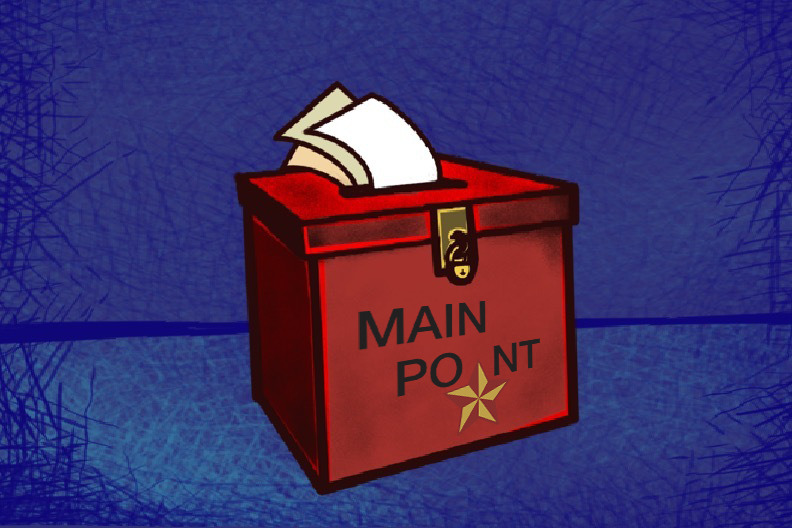As San Marcos enters the spring season, the natural environment has never looked more beautiful. Bluebonnets line the roads and walking trails, the San Marcos River is recovering from a stage four drought, migratory birds are making their appearances and the native wildlife is flourishing.
At this time of year, it’s important for Texas State students to learn the significance of their position at the center of San Marcos’s natural ecosystems and embrace the power of environmental stewardship.
With the warmer weather, many students may find themselves frequenting places like Sewell Park, Purgatory Creek walking trails or the glass-bottom boats at the Meadows Center. What many students may not realize, however, is they are sharing the spaces with extremely special and unique wildlife.
Annabelle Bamberger, a music education junior and environmental interpreter at the Meadows Center, said she dedicates much of her time to becoming acquainted with San Marcos’s wildlife, and she is an advocate for the native species that inhabit the river.
Although Bamberger gives glass-bottom boat tours to Texas State students often, she said many of them do not realize how many different endangered species reside in San Marcos.
“They know that there are salamanders [in the river], because of signs at Sewell Park, but I don’t think they know about any of the other endangered fish and species besides the salamanders,” Bamberger said.
The San Marcos River is one of the most diverse aquatic ecosystems in the southwestern United States. Besides the threatened San Marcos Salamander and the endangered Texas Blind Salamander, other endangered aquatic life found in the San Marcos River include Fountain Darters, Texas Wild Rice and the Comal Springs Riffle Beetle. All of these species heavily depend on steady spring flow and regular conservation work from the San Marcos community.
Not only is San Marcos unique in its aquatic ecosystems, but it is also home to the endangered Golden-Cheeked Warbler, the biggest population of White-Tailed Deer in Texas, Fox Squirrels, Bald-cypress trees and more. All of these species can be seen and admired at many of San Marcos’s parks, natural areas and walking trails.
Conservation and sustainability go hand in hand with San Marcos’s environmental magnificence. As students, we must evaluate our role in living more sustainably and utilizing environmental city programs.
Amy Thomaides, community enhancement initiatives manager of the San Marcos Neighborhood Enhancement Department, said the San Marcos community can become more involved in resource recovery through limiting the amount of waste that damages the environment.
“We have household hazardous waste drop-off facilities, a pharmaceutical drop-off at the police station and a reuse warehouse across from the big H-E-B where people can drop off or pick up household items for free,” Thomaides said.
These are programs that, despite their importance, are not taken advantage of by Texas State students.
“We don’t see too many students using the reuse warehouse or the pharmaceutical drop-off facility,” Thomaides said. “It would be really nice if they did.”
In the future, Thomaides said she plans on working with the Texas State Fashion Merchandising Department to create reuse projects and further engage Texas State students.
As Community Enhancement Initiatives Manager, Thomaides also said the city of San Marcos has been working for the past 30 years toward the enhancement of San Marcos’s natural areas through programs such as Keep San Marcos Beautiful and the city River Clean Up.
“We really took stock in our natural areas…so the city of San Marcos has really been proactive in making sure we are retaining some of that, unlike some other cities that grew too fast,” Thomaides said. “Everything we do is to protect the river and the dual environment of the Hill Country and Blackland Prairie.”
Student participation in these programs is paramount because the city of San Marcos and Texas State are “one community in the end,” according to Thomaides.
All Texas State students, no matter what major, can benefit from becoming more connected to nature and living more sustainably. Bamberger said current generations have a crucial role in the future of the Earth. Caring about the environment is more important now than ever.
“I think [nature] absolutely enriches us,” Bamberger said. “We have to advocate for the environment because the environment can’t advocate for itself.”
San Marcos’s natural areas act as a vessel between the San Marcos community and the native wildlife that also call this land home. Texas State students are residents of San Marcos and therefore must care about the well-being of natural areas for the wildlife that share the land.
-Faith Fabian is an English sophomore
The University Star welcomes Letters to the Editor from its readers. All submissions are reviewed and considered by the Editor in Chief and Opinions Editor for publication. Not all letters are guaranteed for publication.


